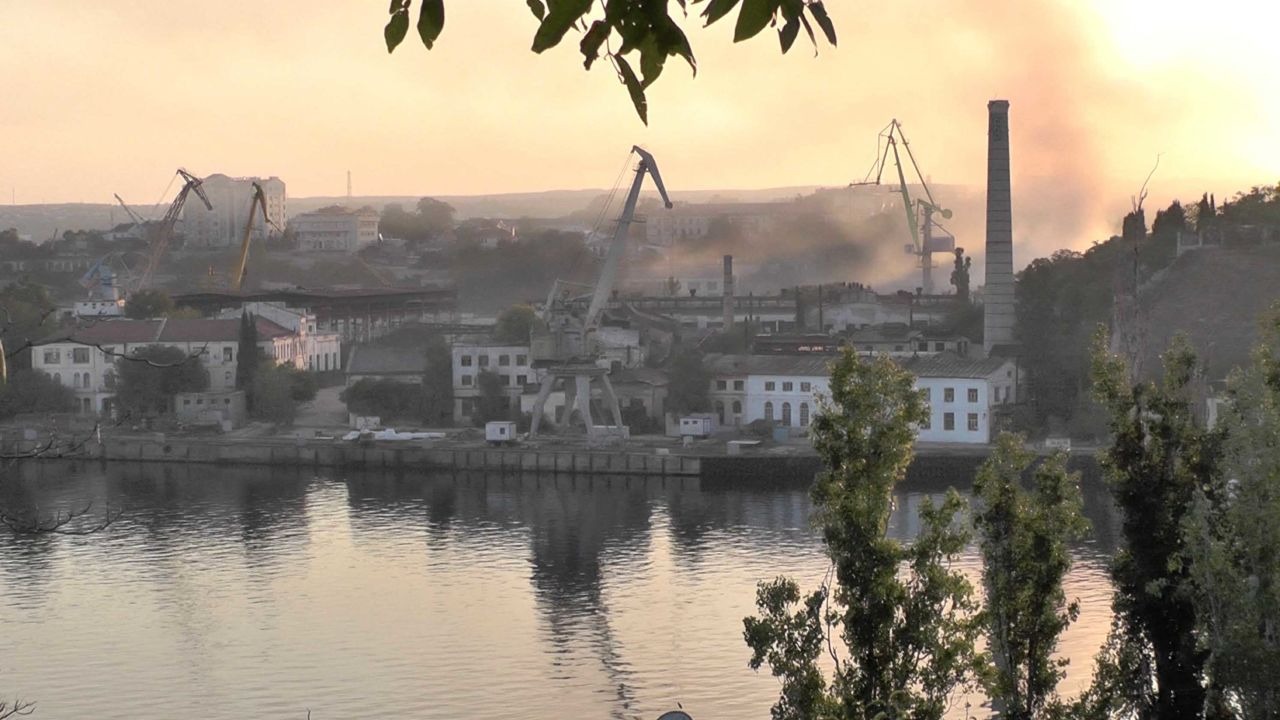Ukraine has intensified its missile and drone strikes on the occupied Crimea region in recent weeks. The strategic objectives behind these attacks aim to deliver both crippling blows to Russian forces and send a powerful symbolic message. This escalation comes as Ukraine endeavors to regain control of territories annexed by Russia in 2014, particularly Crimea. However, the increased focus on the peninsula has raised questions among Ukraine’s allies, as the counteroffensive faces challenges on the frontlines.
Strategic Objectives Behind the Strikes
Ukraine’s offensive on Crimea primarily focuses on targeting Russian naval bases and vessels. The Ukrainian government asserts that these strikes are pivotal elements of their counteroffensive strategy. By disrupting Russian naval operations in the Black Sea, they intend to isolate the peninsula and hinder Russia’s military activities on the Ukrainian mainland. This shift in focus was prompted by Russia’s cessation of the Black Sea Grain Initiative in July, which subsequently led to the resumption of the Russian Black Sea Fleet’s blockade on Ukraine’s ports. This blockade has not only impeded vital grain exports but has also posed a threat to global food security.
Moreover, the Russian Black Sea Fleet has been utilized to bombard Ukrainian territory, including extensive attacks on grain storage facilities and port infrastructure in Odesa. Ukraine’s strikes on Russian warships and naval bases in Crimea aim to diminish the operational capabilities of the Russian navy in the region, thereby bolstering Ukraine’s position.
Symbolic Significance of the Strikes
Beyond their strategic utility, these strikes on Crimea carry immense symbolic value. They serve as a means to tarnish the prestige of Russian President Vladimir Putin, who has made it clear that he envisions a reunification of Russia and Ukraine. A potent symbol of this objective is the Kerch Bridge, a 12-mile-long structure constructed at a cost of approximately $3.7 billion. Putin personally led a convoy over the bridge on the day of its opening in 2018, celebrating it as an embodiment of Russian patriotism.
However, many Ukrainians have harbored deep resentment toward the bridge, which has now been successfully targeted twice since Russia’s full-scale invasion began. The attacks, including a fuel tanker explosion last October and an experimental sea drone strike this July, demonstrate Ukraine’s determination to disrupt this symbolic connection. In a symbolic gesture, Ukrainian officials posted a video of the burning bridge alongside footage of Marilyn Monroe singing “Happy Birthday, Mr. President” in response to the first attack.
The recent attack in July showcased the deployment of an experimental sea drone called the “Sea Baby,” designed by Ukraine’s Security Service. This innovative technology allowed Ukraine to inflict damage on the Kerch Bridge and a Russian warship off the coast of Novorossiysk, one of Russia’s major ports. Reports suggest that Ukraine utilized both domestically developed weapons and those provided by its allies, such as the United Kingdom and France, including the long-range Storm Shadow cruise missile with stealth capabilities.
International Reaction and Skepticism
While Ukraine remains resolute in its pursuit of reclaiming occupied territories, the heightened focus on Crimea has raised concerns among its international allies. The counteroffensive continues to encounter obstacles on the frontlines, leading some to question the effectiveness of this strategy. As Ukraine escalates its strikes on occupied Crimea, the world watches closely, hoping for a resolution to the ongoing conflict while acknowledging the complex web of strategic and symbolic motivations that drive these military actions.
In conclusion, Ukraine’s intensified strikes on occupied Crimea reflect a multifaceted approach aimed at both strategic disruption and symbolic defiance. These actions have far-reaching implications, not only for the immediate conflict but also for the broader geopolitical landscape in Eastern Europe. As tensions continue to escalate, the world remains poised for potential shifts in the dynamics of the conflict between Ukraine and Russia.
















